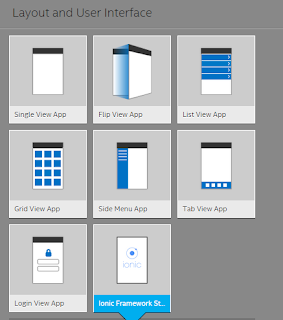Python and Kivy duo a great combination for mobile apps
The introduction of Computer applications with a graphic user interface was significant milestone in moving Computers and their utility from specialists and technologists to the general public. This was significantly impacted by the 'Desktop' revolution that shifted requirements from Main Frame to Tabletop devices. This also shifted the computer applications from procedural languages to more 'Object' based or object oriented languages and ushered the Internet revolution and presently enjoys enormous popularity because of their utility in every aspect of life.
GUIs simplified interactions with computers, making them more intuitive and user-friendly and led to the democratization of computer access. GUIs in Internet based applications propelled their utility in World Wide Web, e-commerce, social media and online communications and learning.
In the early days, GUIs were exclusively built using low-level languages such as C and C++. With the introduction of higher-level languages like Visual Basic and Java, object creation became significantly easier. The development of the Document Object Model (DOM) further facilitated the integration of GUIs into the Internet through web-based languages like JavaScript.
Python, being an interpreted language, doesn't come with built-in GUI elements. However, it boasts a rich ecosystem of libraries that enable the creation of sophisticated GUIs. Libraries such as Tkinter, PyQt, and Kivy offer powerful tools for developing graphical interfaces in Python.
For example:
Tkinter: A standard Python interface to the Tk GUI toolkit, great for simple applications.[https://wiki.python.org/moin/TkInter]
PyQt: A set of Python bindings for the Qt application framework, suitable for more complex and feature-rich applications.[https://en.wikipedia.org/wiki/PyQt]
Kivy: An open-source Python library for developing multitouch applications, excellent for mobile and cross-platform apps.[https://kivy.org/]
By leveraging these libraries, developers can create GUIs with superior qualities, making Python a versatile choice for both backend and frontend development. Such integration would require connection to databases and web interactions.
These libraries have means for making such a thing possible.
- Tkinter can connect to SQLite and interact with web making requests and urllib.
- PyQt has more advanced option supporting network operations like PyQt Network and SQLAlchemy for database interactions.
- Kivy also uses SQLAlchemy or peewee for database interactions and requests for web interaction




Comments